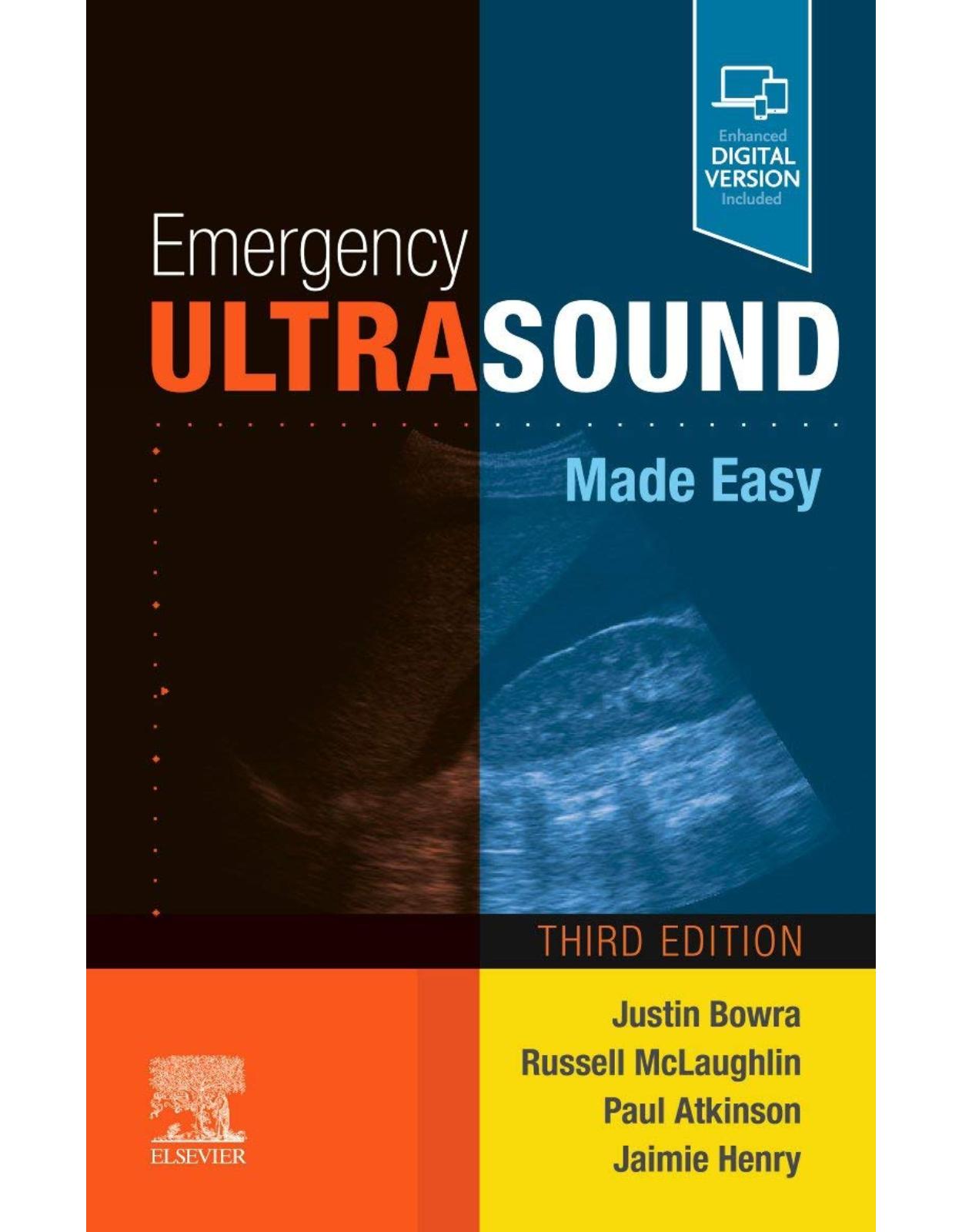
Emergency Ultrasound Made Easy
Livrare gratis la comenzi peste 500 RON. Pentru celelalte comenzi livrarea este 20 RON.
Disponibilitate: La comanda in aproximativ 4 saptamani
Editura: Elsevier
Limba: Engleza
Nr. pagini: 272
Coperta: Paperback
Dimensiuni: 21.8 x 1.7 x 14 cm
An aparitie: 01/04/2021
Description:
This simple, jargon-free text fits in your pocket, providing an ‘on-the-spot’ guide to clinician-performed ultrasound in the emergency department, intensive care unit or in the field.
Written by an international team of experts and comprehensively updated in its third edition, Emergency Ultrasound Made Easy brings together in one volume the latest indications for focused ultrasound, including those related to the COVID-19 pandemic.
The text is highly accessible and easy to use in an emergency. It is aimed at the rapidly expanding cohort of non-radiologist clinical sonographers who use focused ultrasound. However, its broad scope (for example using ultrasound in the rapid diagnosis of DVT) makes it an invaluable addition to the library of any doctor with an interest in the technique, whether in primary care or the hospital setting.
Simple to read and follow
Free of jargon
Fast step-by-step guide to ultrasound procedures
Clear diagrams
Tips and pitfalls to avoid
Multiple accompanying videos featuring examples of ultrasound in clinical practice
New chapter on the use of ultrasound in small anatomical structures such as the eyes and testes
New chapter on paediatric ultrasound
Respiratory chapter updated to include COVID-19
Multiple accompanying videos featuring examples of ultrasound in clinical practice
New chapter on the use of ultrasound in small anatomical structures such as the eyes and testes
New chapter on paediatric ultrasound
Respiratory chapter updated to include COVID-19
Table of Contents:
1 Introduction
What is ultrasound?
What is point-of-care ultrasound?
What it is not (you are not a radiologist!)
First considerations
Summary
2 How ultrasound works
What is ultrasound?
Types of ultrasound
Producing the image
The transducer
Orientation
Driving the ultrasound machine
Artefacts
Safety considerations
Handy hints
Summary
3 Abdominal aorta
The question: is there an abdominal aortic aneurysm?
Why use ultrasound?
Clinical picture
Before you scan
The technique and views
Handy hints
What ultrasound can tell you
What ultrasound cannot tell you
Now what?
Summary
4 Trauma and abdominal free fluid
The question: is there free fluid?
Why use ultrasound?
Clinical picture
Cautions and contraindications
Before you scan
Technique and views
Handy hints
What FAST can tell you
What FAST cannot tell you
Now what?
Summary
5 Lung and thorax
How can lung ultrasound help me?
Why use ultrasound?
What lung ultrasound can help you with
What lung ultrasound cannot tell you
Cautions and contraindications
Technique and views
What to look for
Alveolar consolidation
Pneumonitis and SARS/COVID-19
Handy hints and pitfalls
Now what?
Summary
6 Focused cardiac ultrasound and shock protocols
How can focused cardiac and shock ultrasound help me?
Why use ultrasound?
What focused cardiac ultrasound can tell you
What focused cardiac ultrasound cannot tell you
Technique and views
Handy hints
The heart
Beyond focused cardiac scanning
Suggested ultrasound approach to the patient with undifferentiated shock
Handy hints and pitfalls
Now what?
Summary
7 Renal tract
Introduction
Why use ultrasound? Five good reasons
Anatomy
The technique, probe placement and views
What ultrasound can tell you
What ultrasound cannot tell you
Handy hints and caveats
Now what?
Summary
8 The biliary tree and the gastrointestinal tract
Introduction
Biliary ultrasound: gall bladder and biliary tree
The gastrointestinal tract
Summary
9 Early pregnancy
Introduction
Ectopic pregnancy
Why use ultrasound?
What emergency ultrasound can tell you
What emergency ultrasound cannot tell you
The role of beta-human chorionic gonadotropin
Clinical picture
Before you scan
Technique and views
Findings
Now what?
Handy hints
Summary
10 Ultrasound-guided procedures
Why use ultrasound?
Aseptic technique
Ultrasound needle guidance technique
Central venous cannulation
Central venous cannulation using real-time ultrasound
Out-of-plane technique
Technique
Handy hints and pitfalls
In-plane technique
Handy hints and pitfalls
Thoracocentesis, pericardiocentesis and paracentesis
What ultrasound can tell you
Handy hints and pitfalls
Suprapubic catheterisation
Lumbar puncture
Handy hints and pitfalls
Endotracheal tube placement
Handy hints and pitfalls
Nasogastric tube placement
Handy hints and pitfalls
11 Nerve blocks
Why use ultrasound?
Which blocks?
Contraindications to regional anaesthesia
Complications of regional anaesthesia
Ultrasound appearance
Probe and scanner settings
Technique
Notes on specific techniques
Interfascial plane blocks
Peripheral nerve blocks
Handy hints and pitfalls
Summary
12 Deep vein thrombosis
The question: is there a deep vein thrombosis?
Why use compression ultrasound?
Anatomy
Clinical picture
Before you scan
The technique and views
Handy hints
What three-point compression ultrasound can tell you
What three-point compression ultrasound cannot tell you
Now what?
Summary
13 Musculoskeletal and soft tissues
Glenohumeral joint dislocation
Soft tissue infection
Fracture diagnosis
Knee arthrocentesis
Ultrasound of foreign objects
Summary
14 Use of ultrasound for small anatomic structures
The eye and orbit
What ultrasound can tell you
The testicles and scrotum
What emergency ultrasound can tell you
What emergency ultrasound cannot tell you
15 Paediatric ultrasound
Introduction: how is paediatric ultrasound different?
How to use this chapter
Paediatric lungs (see also Chapter 5)
Paediatric abdomen (see also Chapter 8)
Paediatric musculoskeletal
Paediatric hip effusion
Ultrasound-guided intravenous cannulation in infants and toddlers (see also Chapter 10)
16 Emergency ultrasound in prehospital medicine
Why use ultrasound in this setting?
EXAMPLES of resuscitative ultrasound in prehospital medicine
Handy hints and pitfalls
Before you scan
Airway and breathing
Airway assessment with ultrasound
Breathing assessment with ultrasound
Circulation
Vascular access
Musculoskeletal
Appendix: Resources and further reading
Chapter 5: Lung
Chapter 6: Cardiac
Chapter 9: Early pregnancy
Chapter 14: Small parts
Chapter 15: Paediatrics
Index
| An aparitie | 01/04/2021 |
| Autor | Justin Bowra, Russell E McLaughlin, Paul Atkinson, Jaimie L Henry |
| Dimensiuni | 21.8 x 1.7 x 14 cm |
| Editura | Elsevier |
| Format | Paperback |
| ISBN | 9780702081057 |
| Limba | Engleza |
| Nr pag | 272 |

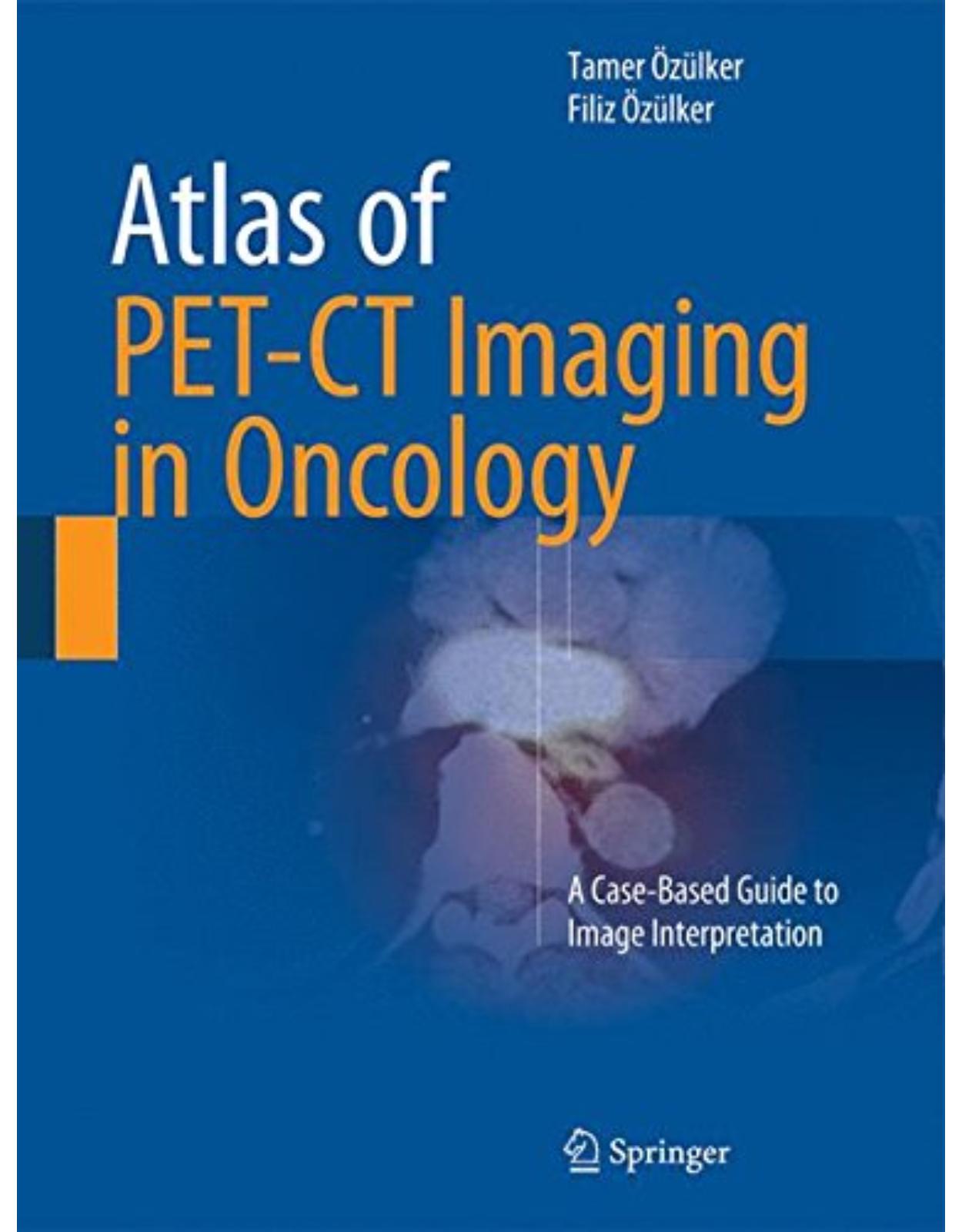
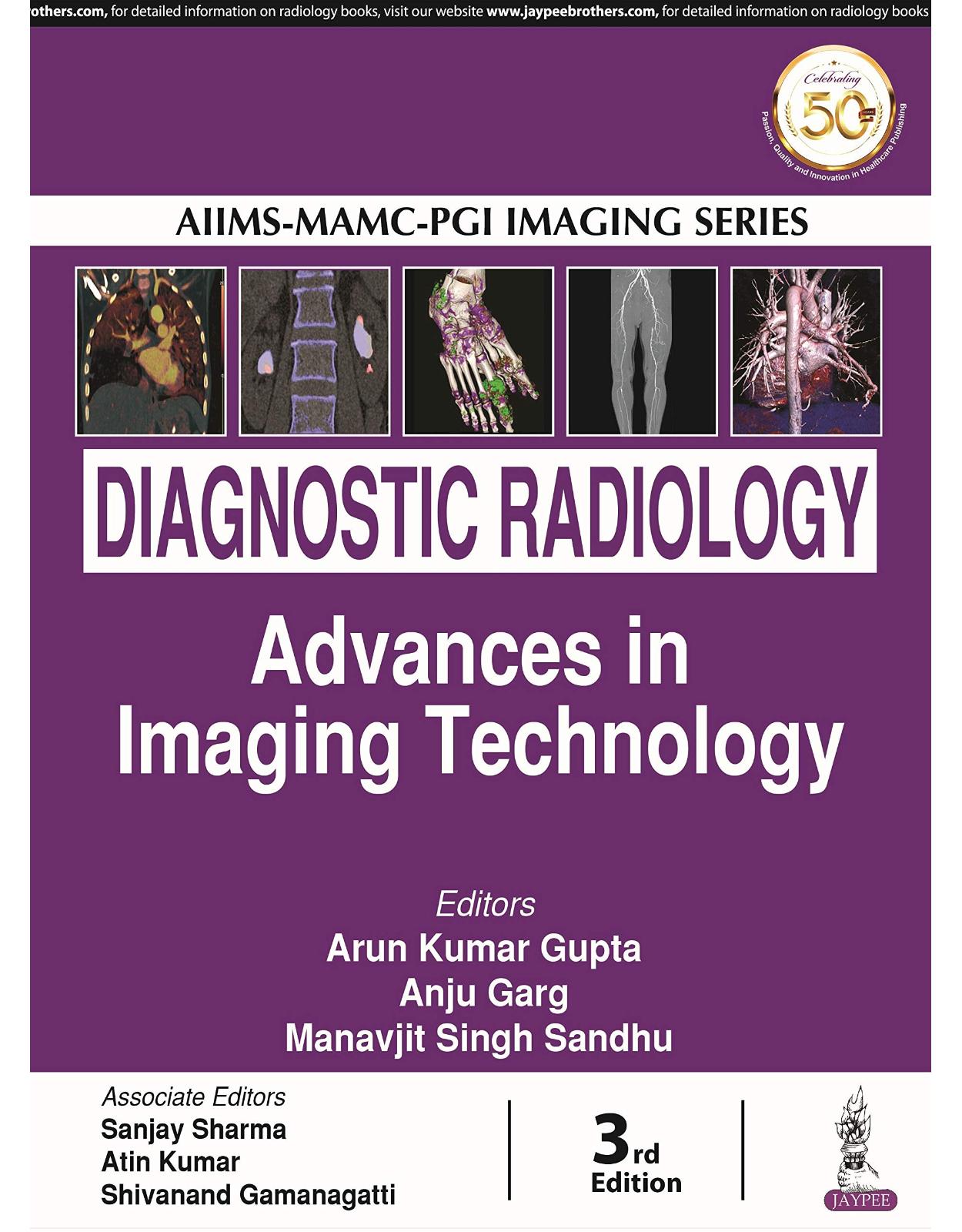
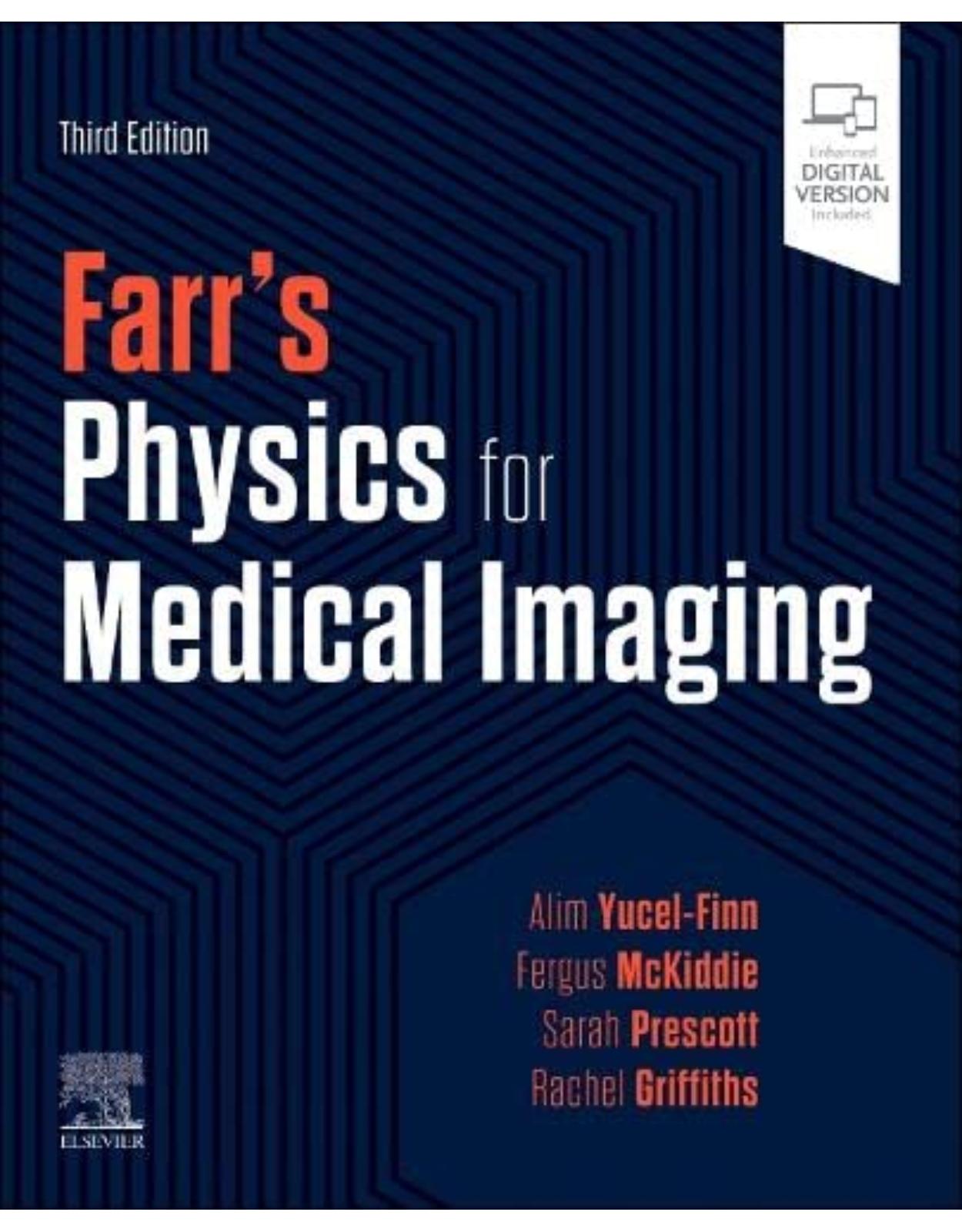
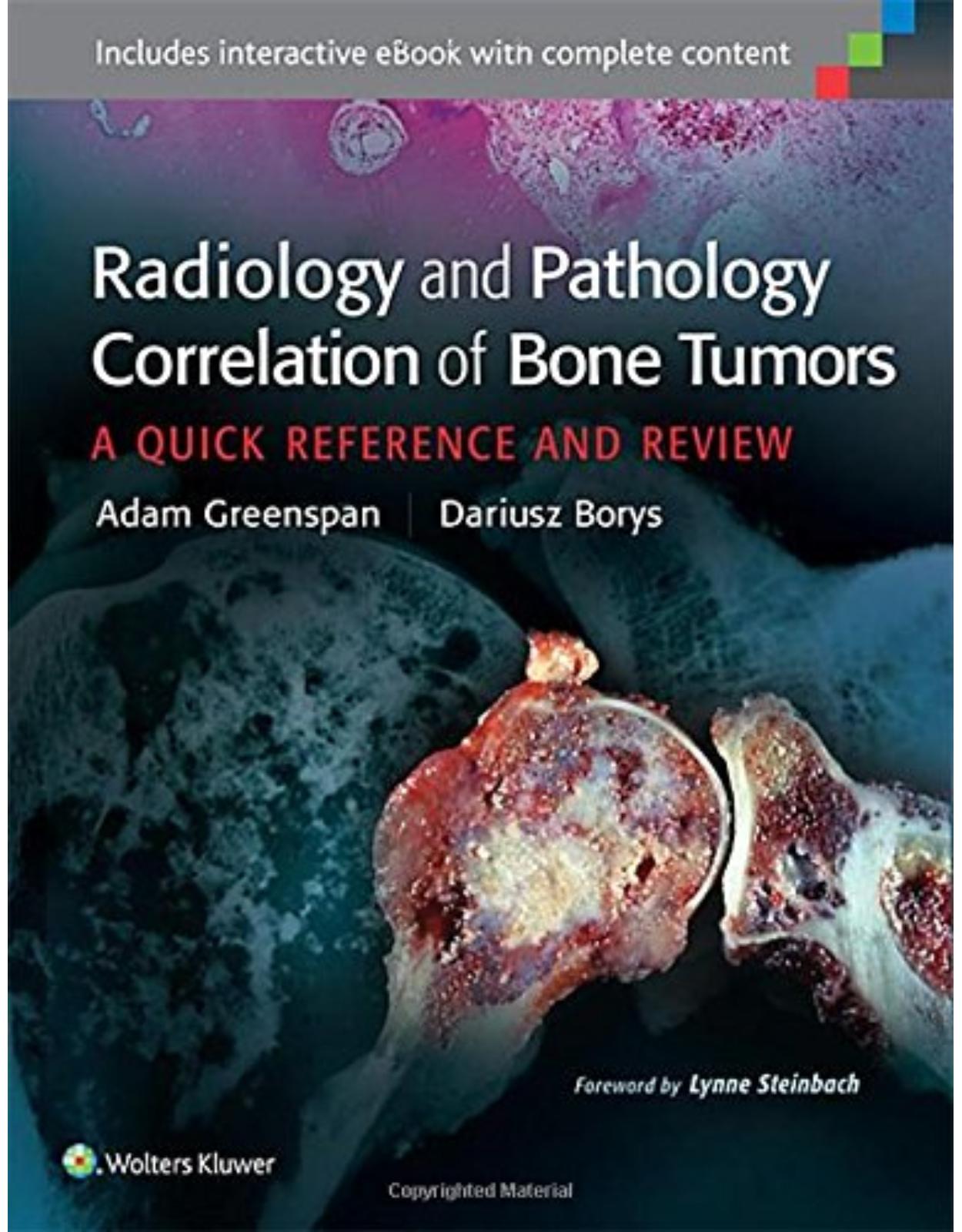
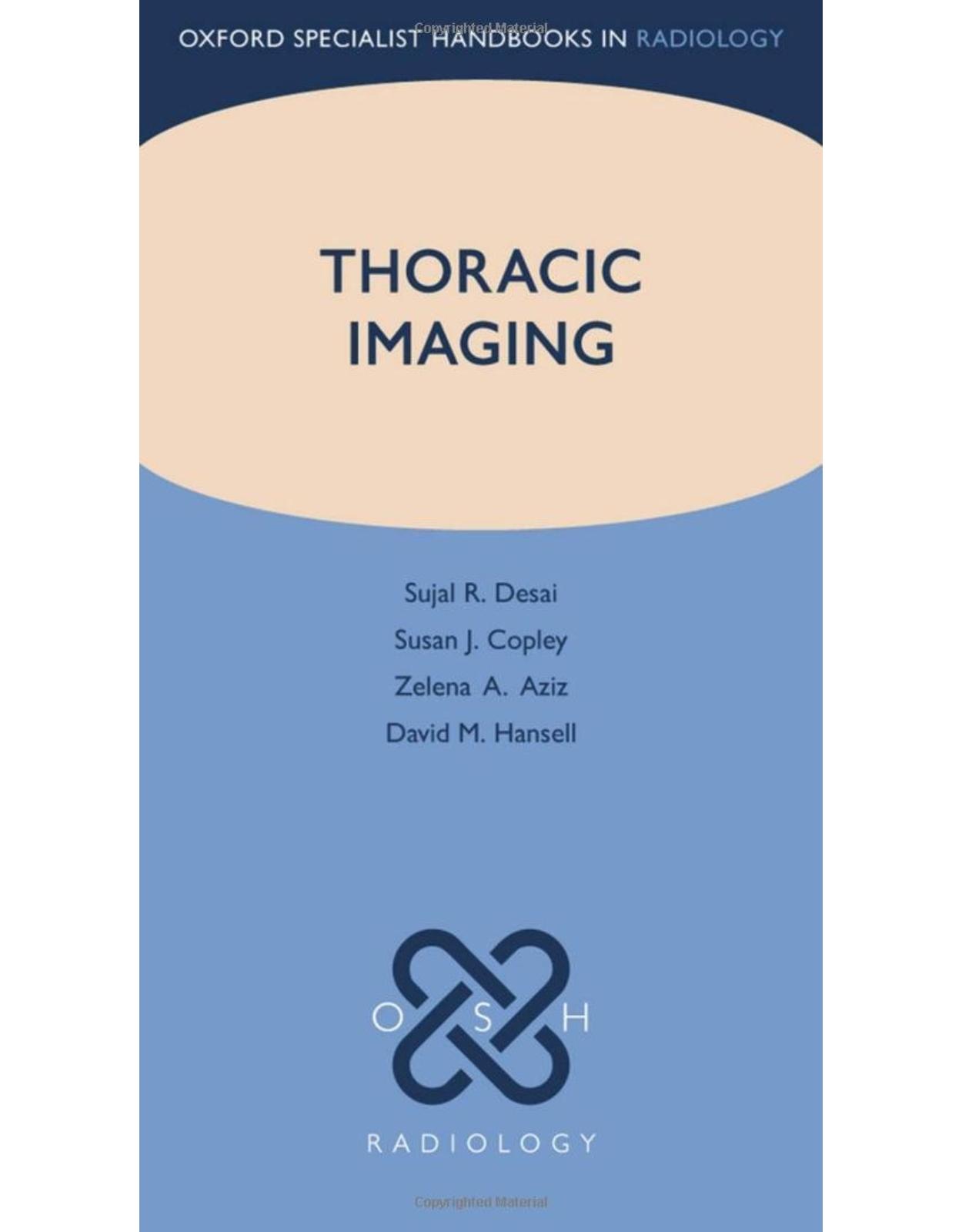
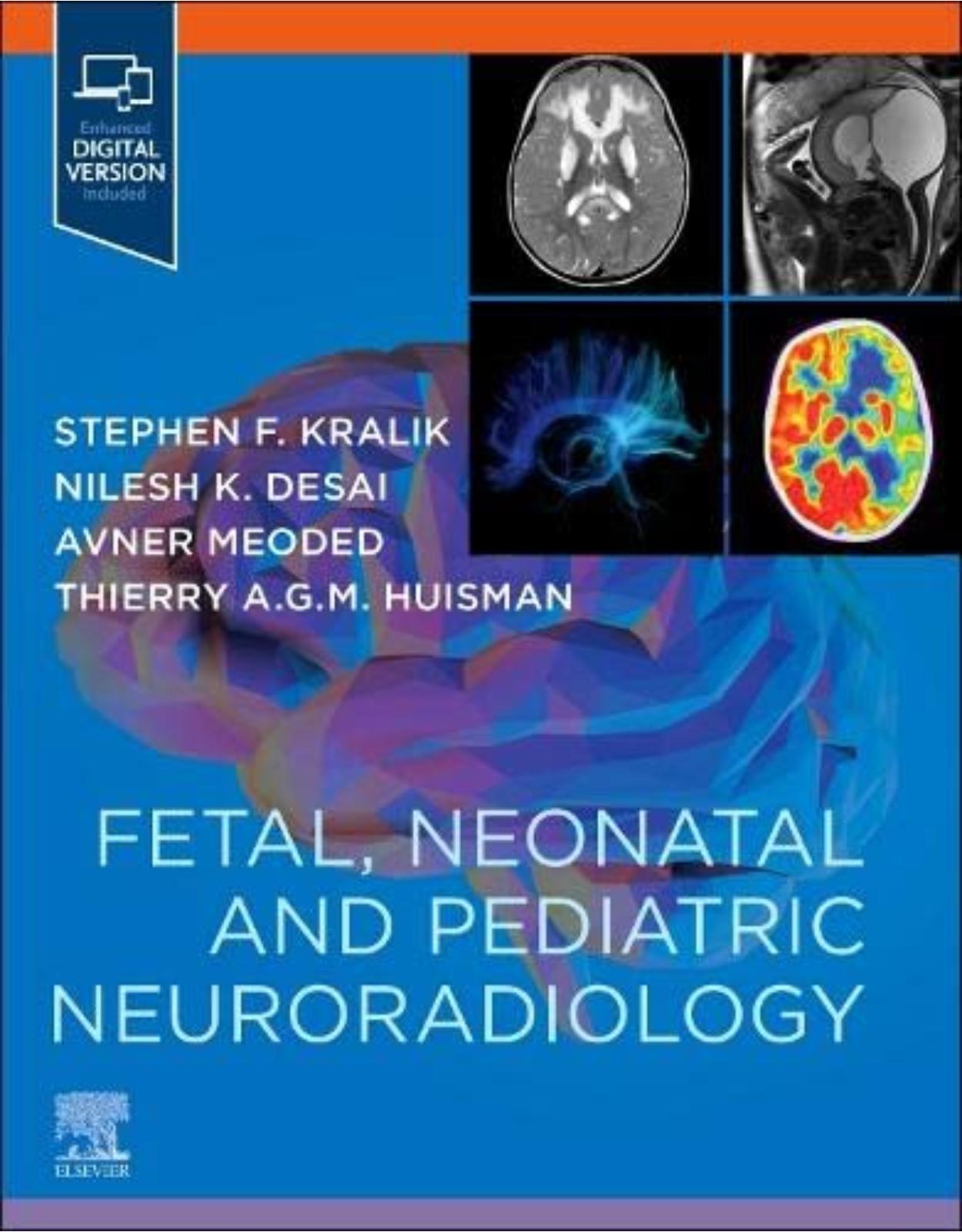
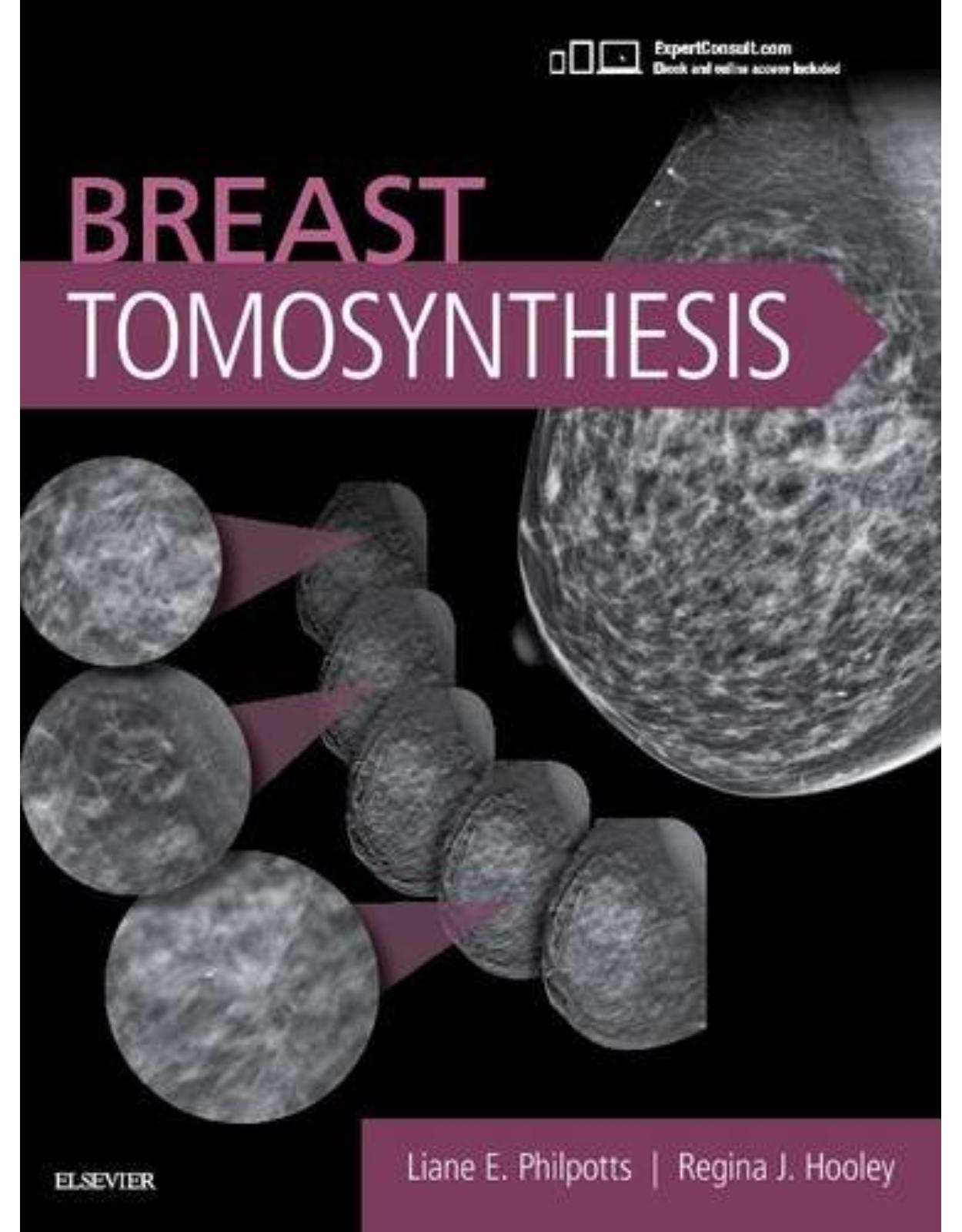
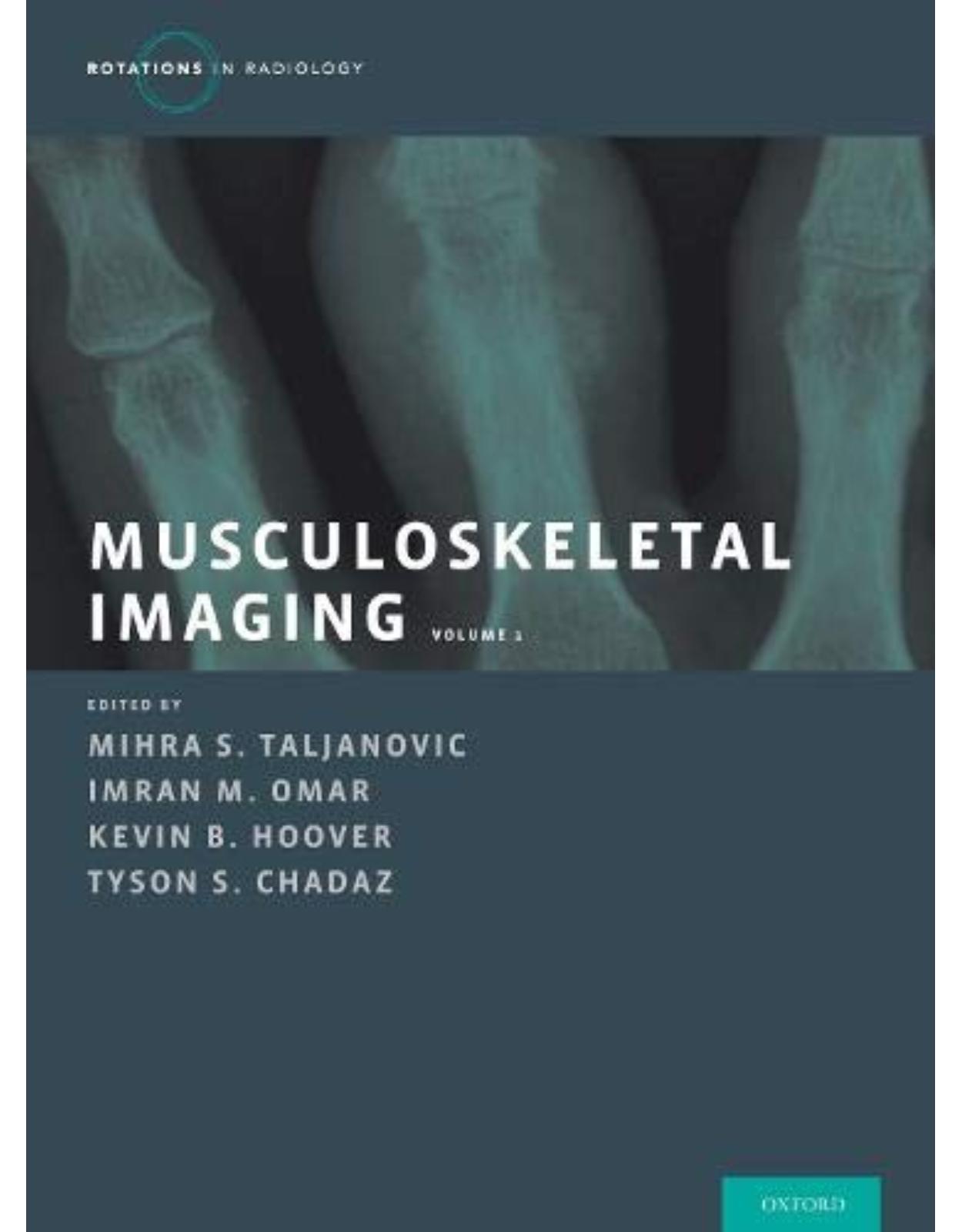
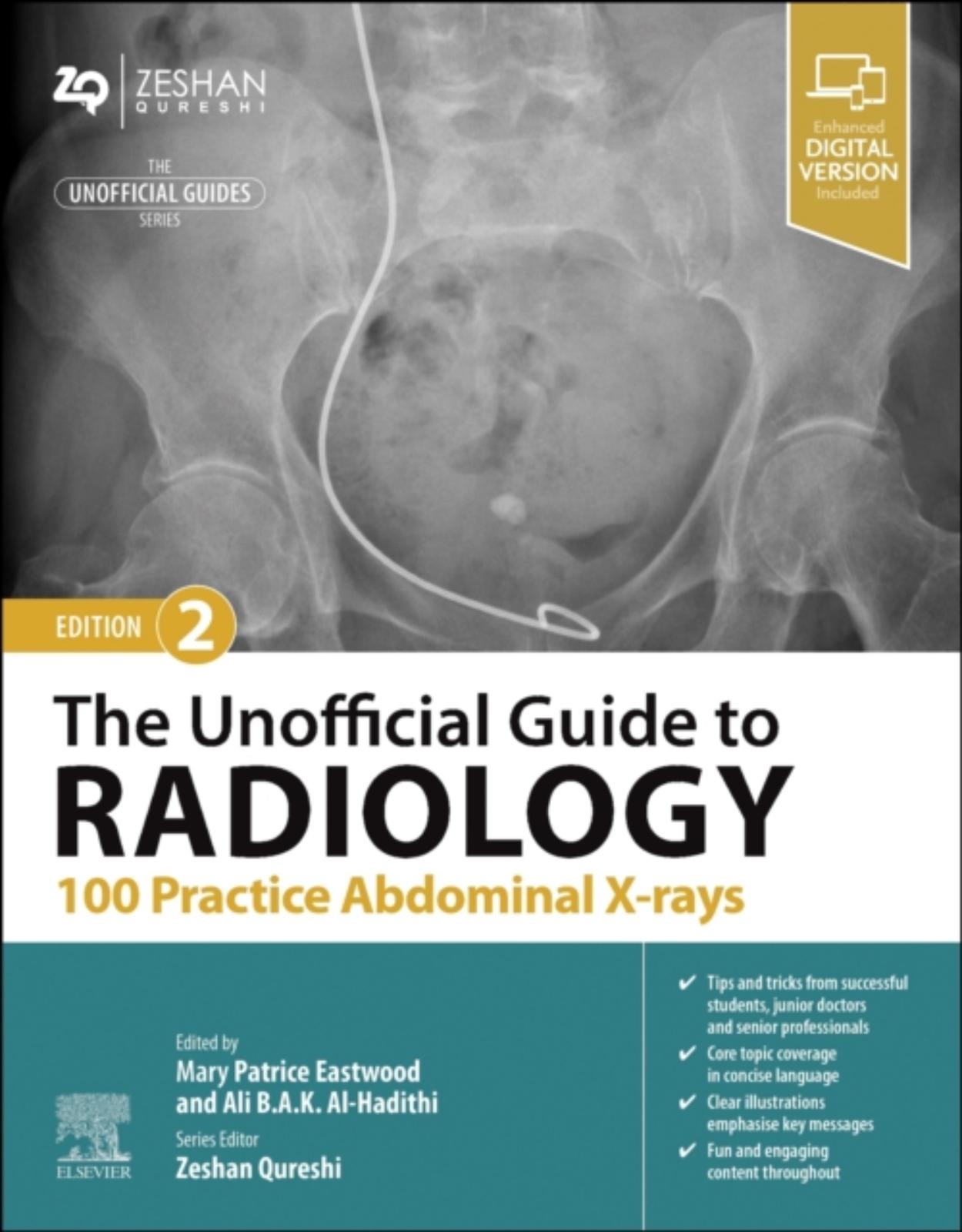
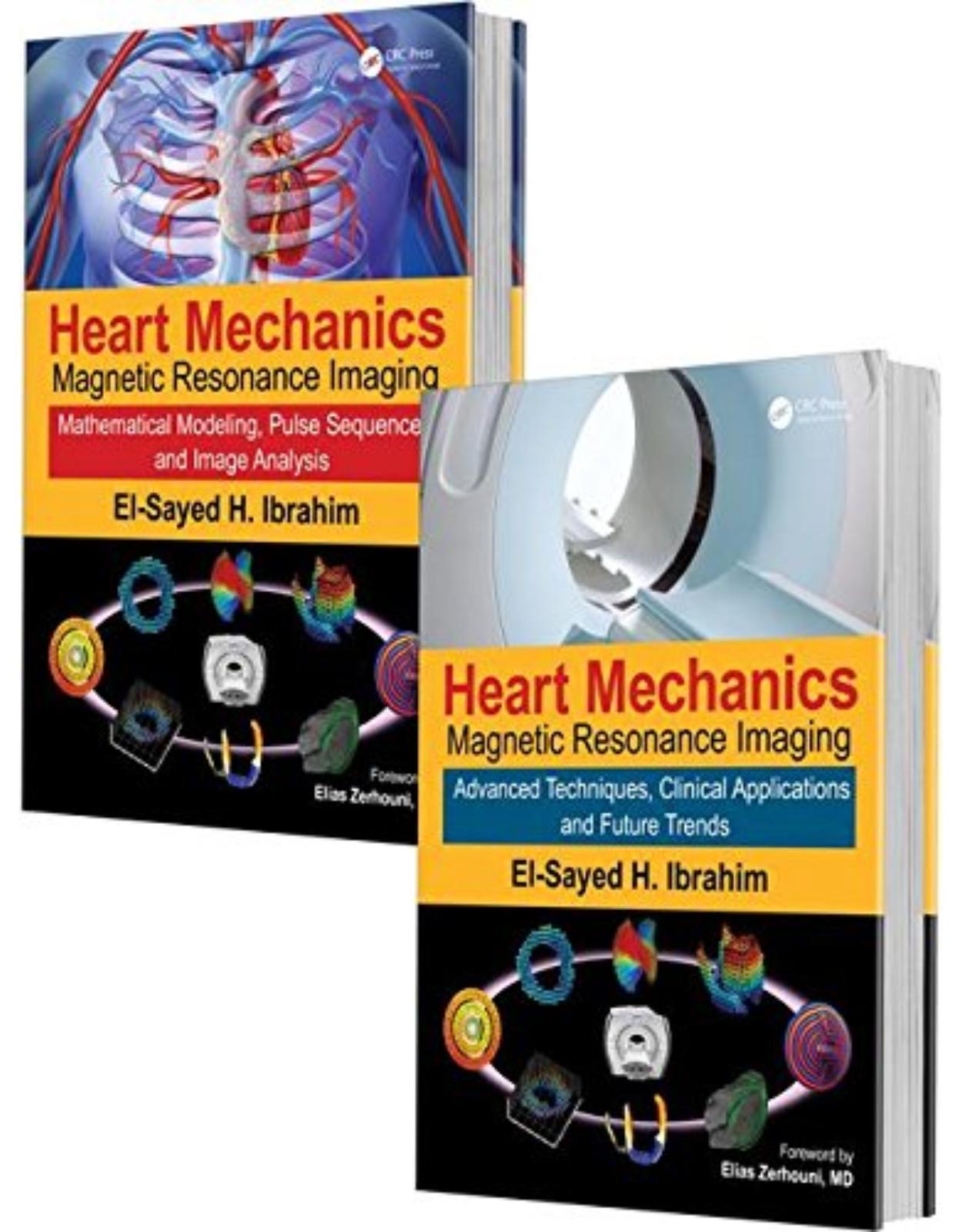

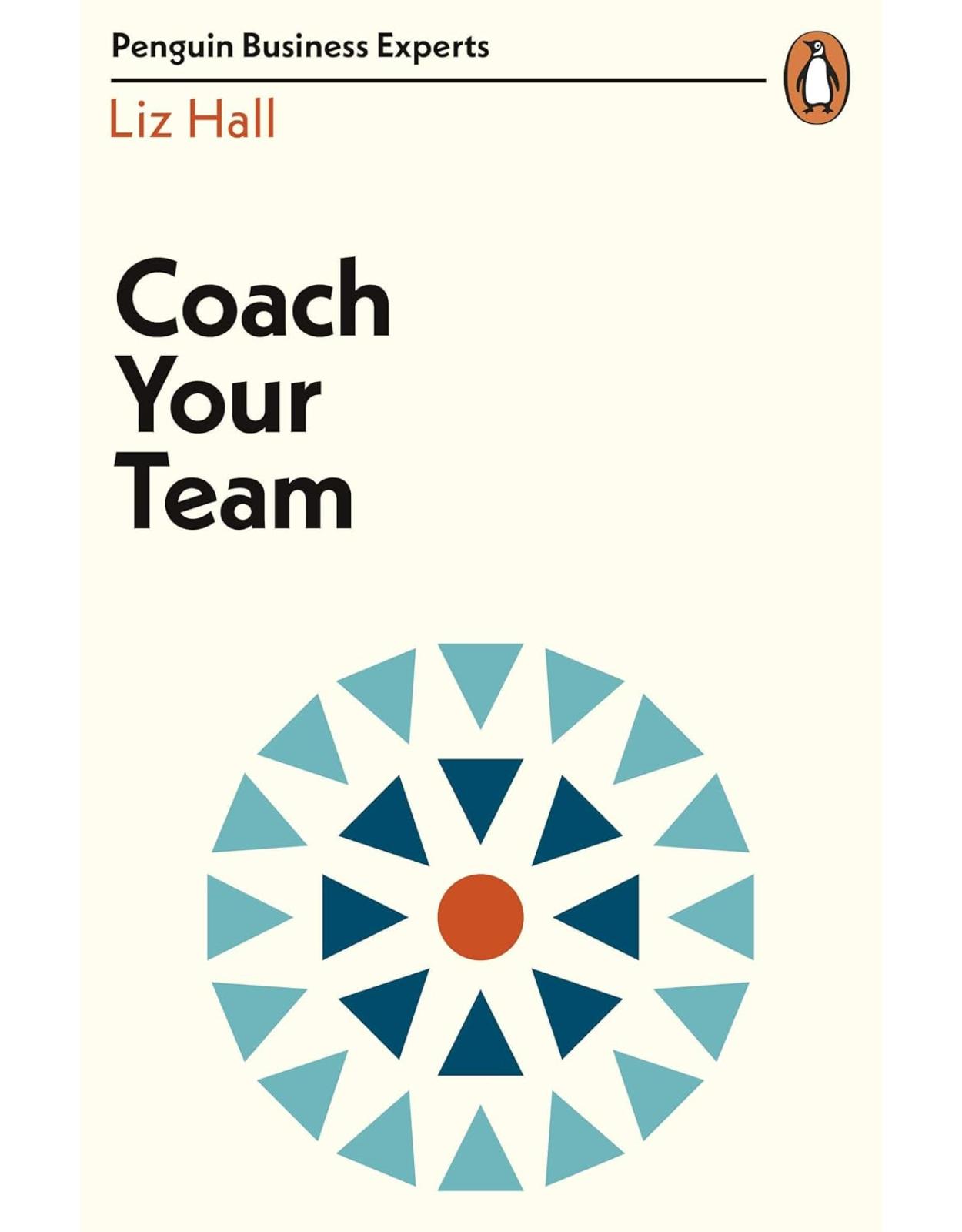

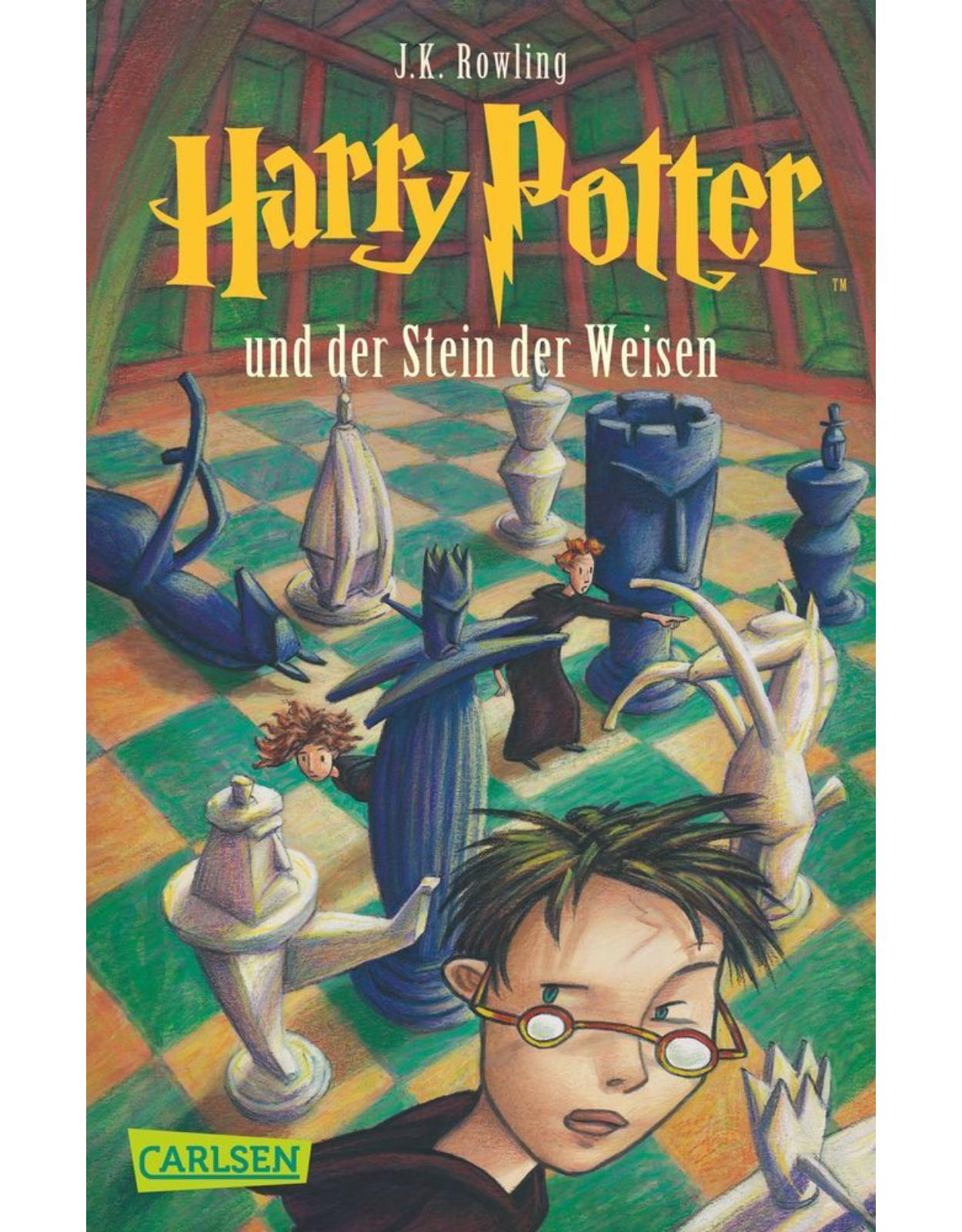
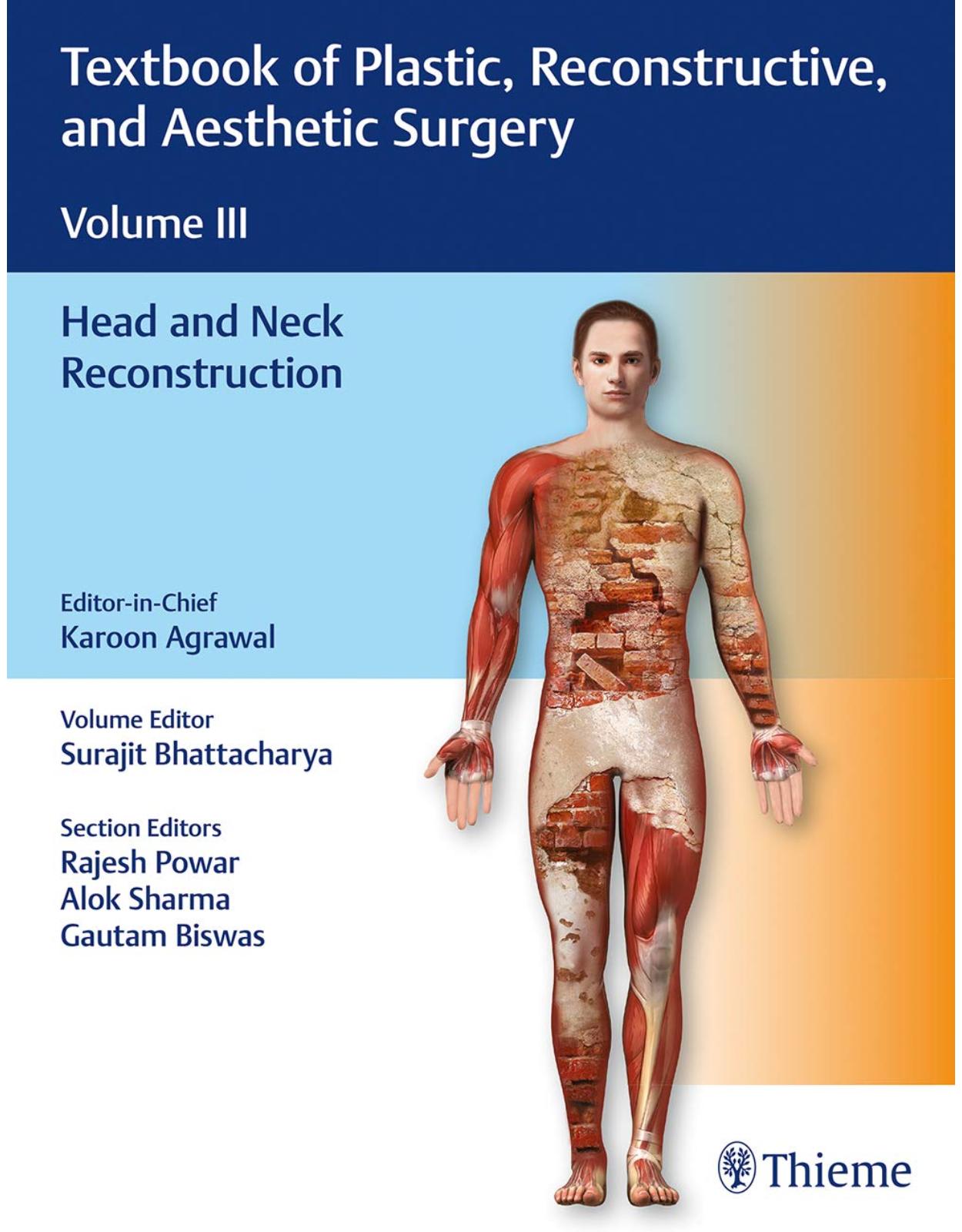
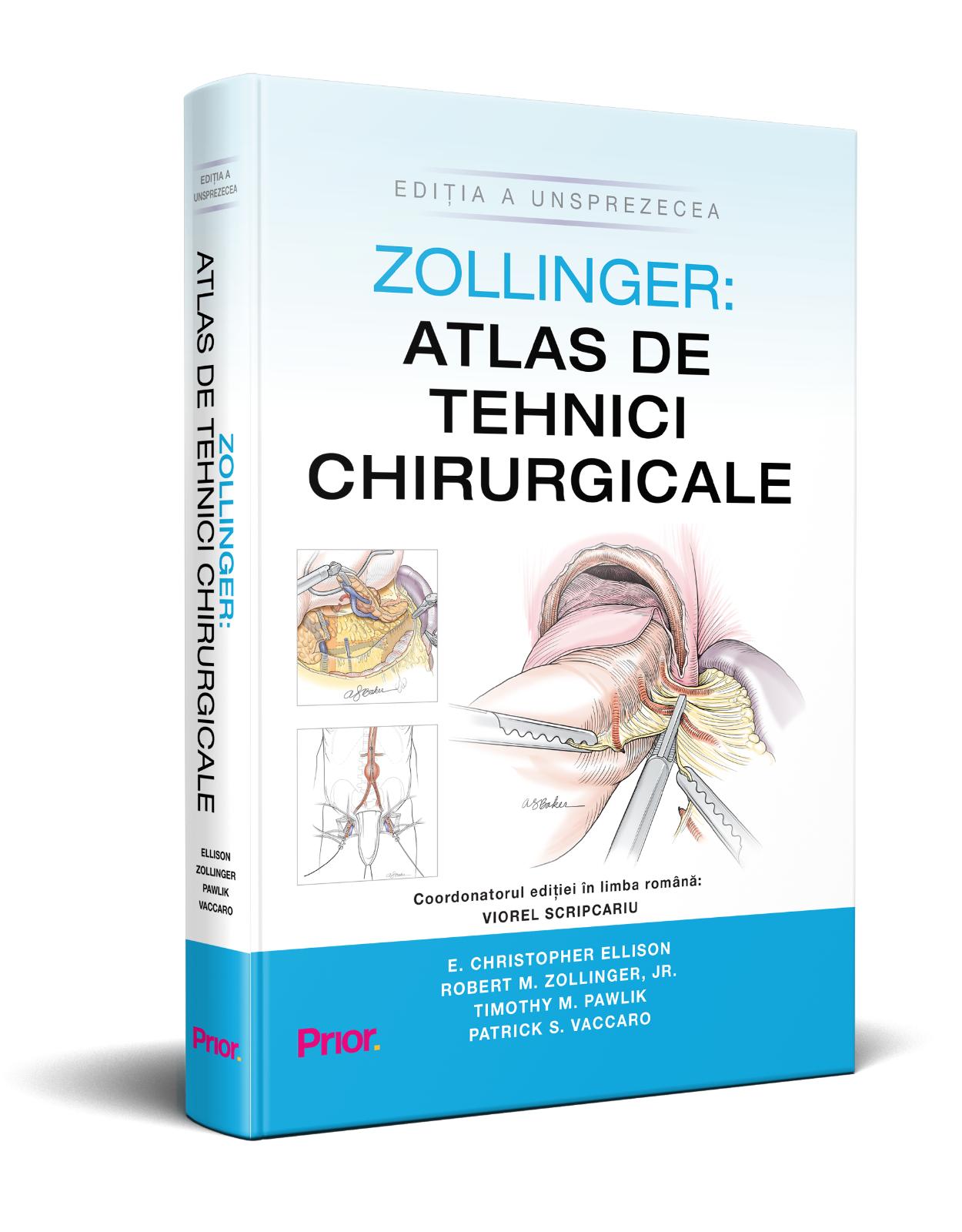

Clientii ebookshop.ro nu au adaugat inca opinii pentru acest produs. Fii primul care adauga o parere, folosind formularul de mai jos.